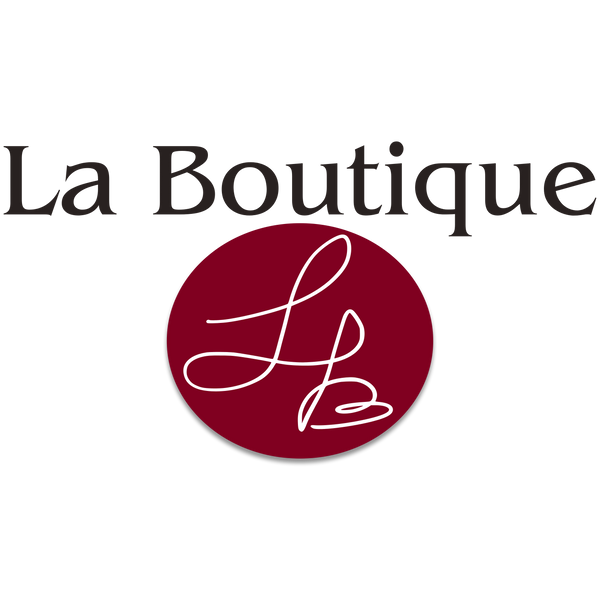Although many might disagree: the future is circular, and it’s becoming increasingly clear that a circular economy is essential for a sustainable future.
The idea of using something (such as clothes, plastic containers, plastic water bottles, …etc) for a short period of time and then throwing it away just isn’t right. We need to start using a circular system where we reuse and recycle things instead, consistently.
Why? Because it will help us make a difference in the amount of waste we produce, save resources, and protect the environment from the harmful effects of our current wasteful practices.
In this blog post, we’ll explore how sustainable brands are closing the loop and contributing to a circular economy, and how we — as consumers — can support this shift towards a more sustainable future.
Let’s get started.
What does a circular economy mean?
Before we get into the tips and tricks, it’s important to define what a circular economy actually means.
The idea of a circular economy is becoming more popular as a different way of approaching shopping, than the usual way of using something and throwing it away afterward. This means shifting away from the traditional linear model that causes the immense amounts of waste produced every year and moving towards a more sustainable, circular model.
This waste not only takes up an incredible amount of space in landfills but also has harmful greenhouse gases that lead to climate change.
The impact of a linear economy affects everyone, from individuals to businesses, governments, as well as obviously the environment.
As we increasingly face environmental challenges, such as climate change, deforestation, and plastic pollution, a circular economy provides a way to address these issues and create a more sustainable future.
Sustainable brands are at the forefront of this movement, they make products that can be reused or are produced with sustainable materials, and can continue to be used in circulation through recycling. They make their supply chains work in a circular way so that there is little or no waste created during the production process.
This might still sounds a bit vague, so let’s discuss some concrete examples!
Here are some examples of “circular” products:
- Giving old fashion items a new life as they reuse their product components for making new ones
- Upcycling vintage items and reselling them
- Bio-straws that are recyclable and biodegradable
- Items made from plastic, made from renewable resources rather than fossil fuels. These aren’t only more climate-friendly than conventional plastic, but can also be kept in circulation through recycling.
So, what can you do to contribute to a more circular economy?
As a consumer, there are many ways that you can contribute to a more circular economy.

What you can do is consider all other options, before deciding to just throw something away: we can reduce waste by reusing and upcycling items, selling, donating, or rotting items you no longer use.
Additionally, it’s important that we are careful with what we buy. Avoiding fast fashion, and investing in locally-made, high-quality, recyclable, and sustainable items can really help with reducing your carbon footprint.
The changes that you make in your daily life — how small they are — do have an impact and contribute to creating a better world for future generations.
At La Boutique, we are committed to supporting sustainable creators and brands that close the loop and prioritize a circular economy. We carefully pick the brands we collaborate with and provide a platform for people to shop sustainably.
Would you like more tips about green living and tons of small changes you can make in your daily life to live more sustainably? Download our free ebook down below!

